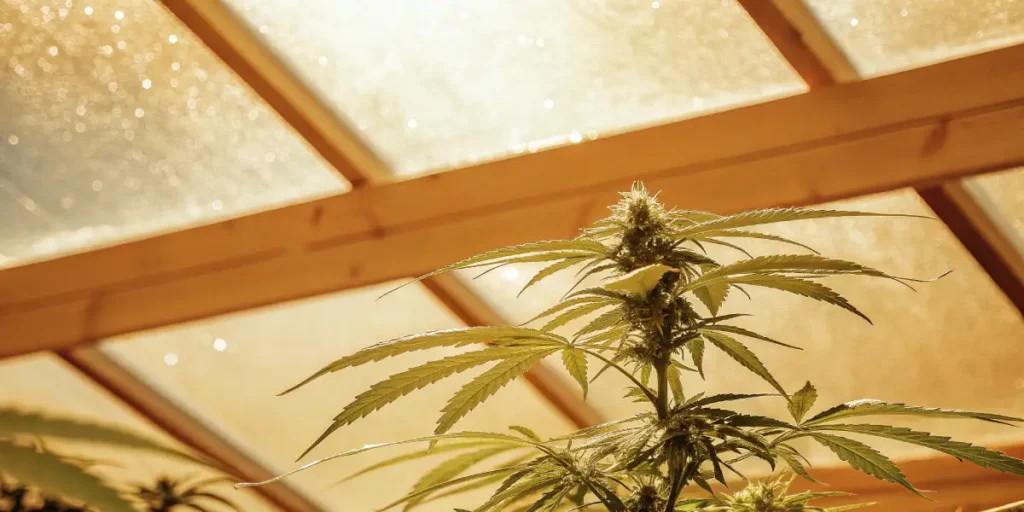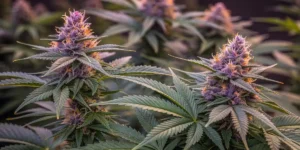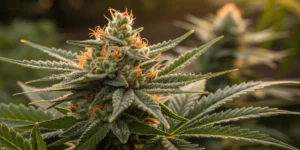For both first-time growers and seasoned cultivators, basic cannabis nutrients are a vital part of nurturing healthy plants. From the moment you decide to grow, understanding the essentials of plant nutrition can make or break your harvest. The right nutrients in the right amounts can lead to robust, vibrant plants.
Cannabis requires a balanced diet, much like us. These plants crave a mix of primary, secondary, and micronutrients. But don’t worry, you don’t need a degree in botany. With some practical tips, your plants can thrive. Imagine the satisfaction of seeing your cannabis flourish, all because you provided the best nutrients for cannabis beginners.
Global Green Genetics offers strains like Blue Dream, Girl Scout Cookies, and Northern Lights, which all respond well to basic cannabis nutrients. Each strain has unique needs, but they all share a love for the essentials: nitrogen (N), phosphorus (P), and potassium (K). These are the building blocks of plant health.
Essential Cannabis Nutrients for Healthy Growth
Let’s break down the big three: nitrogen, phosphorus, and potassium. These elements are critical for cannabis growth. Nitrogen fuels leafy growth, phosphorus encourages root and flower development, and potassium boosts overall plant health. Without these, your plants may struggle to thrive.
But that’s not all. Secondary nutrients like calcium, magnesium, and sulfur play supporting roles. Calcium strengthens cell walls, magnesium is vital for photosynthesis, and sulfur aids in producing vitamins. Together, they form a complete dietary profile for your cannabis.
Knowing the function of each nutrient helps you tailor your feeding schedule to meet the specific demands of different growth stages. By providing essential cannabis nutrients for healthy growth, you can optimize your plants’ potential. This knowledge is particularly useful when you start exploring organic cannabis nutrients for beginners, which offer a balanced and environmentally friendly approach to cultivation.
It’s also important to remember that not all plants respond the same way to nutrient applications. Factors such as strain, growing medium, and environmental conditions can affect nutrient uptake. Regular observation and adjustments ensure your cannabis receives the best nutrients for cannabis beginners, setting the stage for a bountiful harvest.
Organic Cannabis Nutrients for Beginners
For those starting out, organic cannabis nutrients for beginners offer a gentle introduction. These natural options are less likely to cause nutrient burn, a common issue with synthetic fertilizers. Organic sources include compost, worm castings, and bat guano. These enrich the soil naturally, offering a steady nutrient release.
Imagine nurturing your Girl Scout Cookies strain with rich, organic matter. The soil teems with life, supporting your plant as it grows strong and resilient. It’s a sustainable approach, aligning with the natural growth cycle of cannabis.
Moreover, organic cannabis nutrients for beginners often improve soil structure and promote beneficial microbial life. This symbiotic relationship between plants and soil organisms is crucial for nutrient absorption, making your garden more self-sustaining over time. As you become more familiar with these natural methods, you’ll find that they not only support plant health but also benefit the environment.
Choosing the right organic products can seem overwhelming at first, but resources like a cannabis nutrient deficiency guide can help identify and address any issues that arise. By starting with a solid foundation of organic nutrients, you’re setting up your plants for success and ensuring high-quality yields with exceptional flavor and aroma.
How to Mix Cannabis Nutrients for Beginners
Mixing nutrients might seem daunting, but it’s simpler than you think. Start with a basic nutrient solution. Most come with instructions, but here’s a tip: always mix your nutrients in water before applying them to your plants. This ensures even distribution.
Consider starting with a half-strength solution. It’s easier to add more if needed than to reverse nutrient burn. For example, when growing a Northern Lights strain, watch how your plant responds to the initial feeding. Adjust as necessary, keeping an eye on leaf color and growth patterns.
Knowing how to mix cannabis nutrients for beginners involves a bit of trial and error. It’s important to closely monitor your plants after each feeding to determine their response to the nutrient mix. This observation period will help you fine-tune your approach, ensuring your plants receive the essential cannabis nutrients for healthy growth.
As you gain confidence, you can experiment with different nutrient ratios and schedules to optimize plant performance. Keeping a detailed log of your nutrient mixes and plant responses can be invaluable in refining your technique. This record-keeping can also aid in identifying patterns and making informed adjustments in future grows.
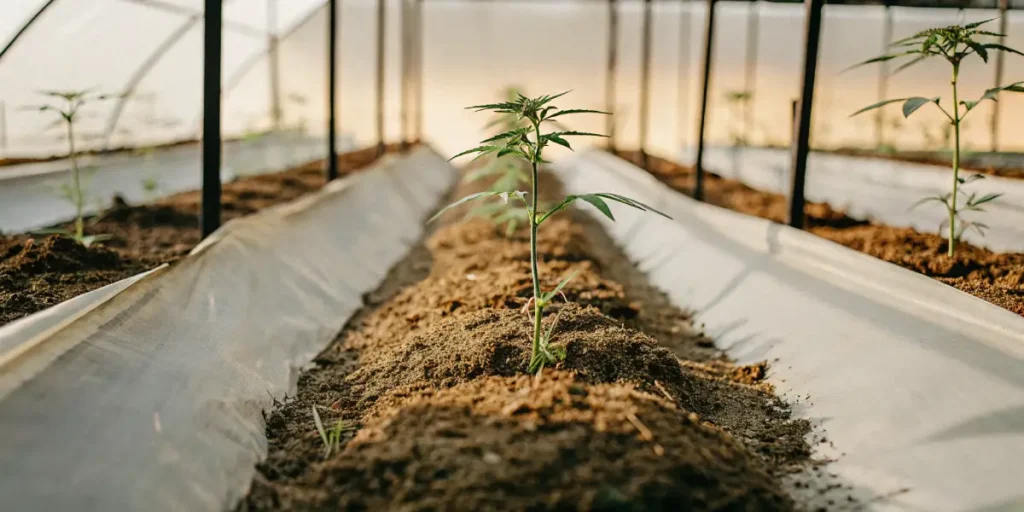
Cannabis Nutrient Deficiency Guide
Identifying nutrient deficiencies is crucial for maintaining plant health. Yellowing leaves might signal a nitrogen deficiency, while red stems could indicate a lack of phosphorus. These visual cues are your plant’s way of communicating its needs.
For beginners, it’s helpful to keep a cannabis nutrient deficiency guide on hand. This tool can assist in diagnosing issues early, allowing you to correct them before they affect your harvest. Remember, healthy plants are productive plants.
Regular monitoring and adjusting of nutrient levels can prevent these common issues. With experience, you’ll learn to anticipate your plants’ needs, ensuring they receive the essential cannabis nutrients for healthy growth. Proactive management of nutrient deficiencies not only saves your plants from stress but also maximizes their yield potential.
Incorporating a cannabis nutrient deficiency guide into your routine can also enhance your overall growing skills. By familiarizing yourself with the signs of deficiencies and their solutions, you’ll become more adept at maintaining optimal plant health. This knowledge will serve you well as you continue to refine your growing practices and explore new strains.
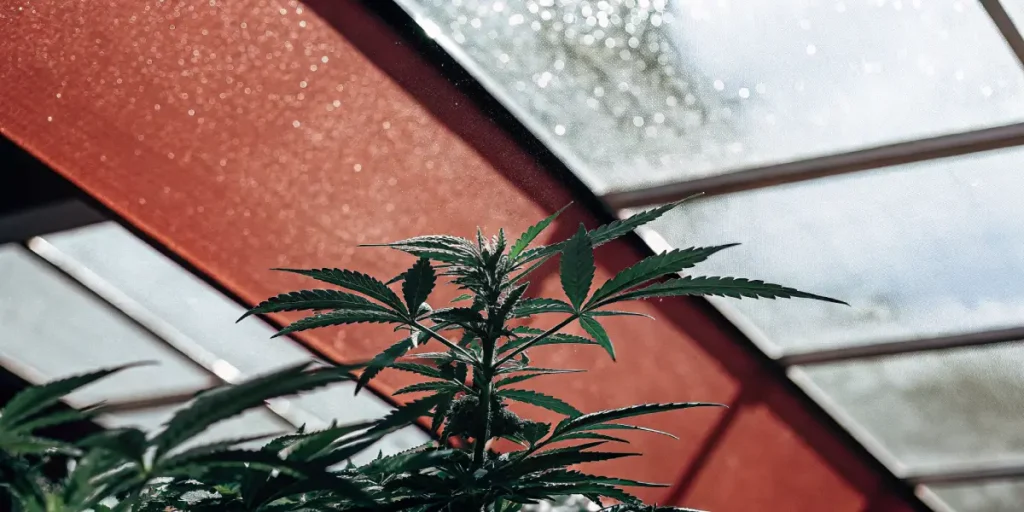
FAQs on Basic Cannabis Nutrients
What are the best nutrients for cannabis beginners?
For beginners, starting with a balanced nutrient mix is key. Products designed for beginners often include a complete set of primary, secondary, and micronutrients. They are easy to use and provide a good foundation for plant health. Look for brands that offer clear instructions and support.
For example, a strain like Blue Dream will thrive on a well-rounded nutrient mix. It’s forgiving and adapts well to different growing conditions, making it a great choice for first-time growers. Remember to start with lower concentrations and gradually increase as you gauge your plant’s response.
When selecting the best nutrients for cannabis beginners, it’s crucial to consider both the nutrient content and the ease of use. Many beginner-friendly products come with comprehensive guides that simplify the feeding process, ensuring you provide your plants with the basic cannabis nutrients they need.
Experimenting with different nutrient brands and formulations can also help you discover what works best for your specific growing conditions. As you gain experience, you’ll be able to tailor your nutrient regime to your plants’ unique requirements, optimizing growth and yield.
How do I prevent nutrient burn in cannabis plants?
Nutrient burn occurs when plants receive too much fertilizer. Signs include brown leaf tips and edges. To prevent this, start with a diluted nutrient solution and gradually increase the strength. Always monitor your plants closely after feeding.
If you notice signs of nutrient burn, flush your plants with plain water to remove excess nutrients. This process can help restore balance. Regularly check the pH of your water and soil, as incorrect pH levels can exacerbate nutrient issues.
Prevention of nutrient burn starts with understanding how to mix cannabis nutrients for beginners. By taking a cautious approach and regularly observing your plants, you can avoid the pitfalls of over-fertilization and maintain healthy growth.
Adjusting your nutrient mix based on plant feedback can also prevent nutrient burn. Keeping a close eye on environmental factors, such as temperature and humidity, will further support your efforts to provide the optimal growing conditions for your cannabis plants.
Why are organic nutrients recommended for cannabis?
Organic nutrients are recommended because they are less likely to harm your plants. They provide a slow-release of nutrients, reducing the risk of over-fertilization. Additionally, they improve soil health, leading to stronger, more resilient plants.
Using organic options can enhance the flavor and aroma of your buds, offering a more natural and enjoyable smoking experience. They align well with sustainable growing practices, making them a popular choice among environmentally-conscious growers.
Incorporating organic cannabis nutrients for beginners into your growing practices can lead to healthier plants and a more balanced ecosystem in your garden. The benefits extend beyond plant health, contributing to a richer and more diverse soil environment that supports long-term growth.
Organic nutrients also encourage a more hands-on approach to cultivation, allowing growers to connect with their plants in a meaningful way. By understanding the natural cycles and processes within your garden, you’ll gain valuable insights into the art and science of cannabis cultivation.
How often should I feed my cannabis plants?
The feeding schedule for cannabis plants can vary based on the growth stage and strain. Typically, plants are fed every one to two weeks. During the vegetative stage, they require more nitrogen, while the flowering stage demands more phosphorus and potassium.
Monitor your plants and adjust feeding schedules based on their response. Overfeeding can lead to nutrient lockout, where plants cannot absorb nutrients properly. Strains like Northern Lights might have different needs, so always tailor your approach to the specific cultivar you’re growing.
Developing a consistent feeding routine is crucial for delivering the best nutrients for cannabis beginners. By understanding the specific needs of your plants during each growth phase, you can provide the essential cannabis nutrients for healthy growth, ensuring robust and vigorous development.
Regularly evaluating your plants’ health and adjusting your feeding schedule accordingly will help prevent issues such as nutrient deficiencies or lockout. This proactive approach fosters a thriving garden and enhances your overall growing experience.
What should I do if my plants show signs of deficiency?
If you notice signs of deficiency, such as yellowing leaves or stunted growth, it’s essential to act quickly. First, confirm the deficiency by comparing symptoms with a cannabis nutrient deficiency guide. Once identified, adjust your nutrient mix accordingly.
Incorporate the missing nutrients into your feeding routine. It might take a week or two to see improvement, but with careful adjustment, your plants should recover. Keeping detailed records of your feeding schedule can help prevent future deficiencies and ensure optimal plant health.
Addressing deficiencies promptly ensures that your plants receive the basic cannabis nutrients they need to thrive. By maintaining a vigilant eye on your garden, you can quickly identify and rectify any nutritional imbalances, safeguarding your harvest.
Incorporating tools like a cannabis nutrient deficiency guide into your regular routine allows you to make informed decisions about your feeding strategy. This resource empowers you to take control of your plants’ health and achieve successful cultivation outcomes.

